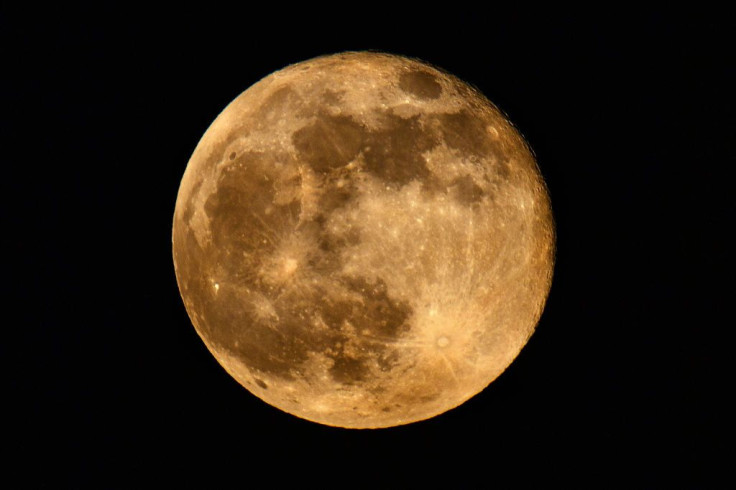Brace yourselves for a rare celestial event on Wednesday, May 26— A Super Moon!
What is a Supermoon?
As reported by NASA, a rare Supermoon is a unique phenomenon where the Moon will be position on Earth’s opposite side from the Sun and fully illuminated on this day. Akin to a total lunar eclipse (which last occurred two and a half years ago), the Supermoon can be witnessed at around 4:47:39am EDT.
In India, one can observe the eclipse at around 2:17pm IST and will end at 7:19pm IST.
"Super Blood Moon Eclipse" ??
— NASA Goddard (@NASAGoddard) May 24, 2021
As album titles go, it doesn't get much more metal than that, but we're talking about a total lunar eclipse, visible in the western US on May 26.
What makes it so super & "bloody"? ? https://t.co/rtfRifAFwL (with @NASAMoon & @NASASolarSystem) pic.twitter.com/hFVUyGeopi
The eclipse will be visible in the region covering South America, North America, Asia, Australia, Antarctica, the Pacific Ocean, and the Indian Ocean. What’s more, unlike other full moons, it’s not just about brightness and size. The May Supermoon comes along with a superpower—the power to change its color to red!
That's no ordinary moon—it's a supermoon with a total lunar eclipse!
— NASA Marshall (@NASA_Marshall) May 24, 2021
Here's how (and where) you can spot it this week>> https://t.co/FShdo4duAm pic.twitter.com/5ZOTboAsbj
Everything You Need to Know About the Eclipses
Owing to its reddish hue, a lunar eclipse is often called a Blood Moon. But, the exact tone of this moon will be hard to predict, and atmospheric dust plays a key role in effecting it. Simply put, the Super moon occurs when the Moon is at its closest point to Earth in its orbit. Unlike solar eclipses that are harmful to vision, lunar eclipses are pretty safe.
Eclipses occur at around the same time as wherever you are on Earth, but what time your clock reads during the eclipse depends entirely on the time zone you are in. Experts suggest that the best viewing time for this eclipse is in the Pacific Rim – that's the western parts of the Americas, Australia and New Zealand, and Eastern Asia.
For the US, the best viewing will be in Hawaii, Alaska, and the western states. What needs to be noted is that a total lunar eclipse hasn’t occurred in the past six years, and the next total lunar eclipse won’t occur (over North America) until May 2022. So, sight on, for as long as you can.

© 2025 Latin Times. All rights reserved. Do not reproduce without permission.




